Features From the Issue
-
Features
A New View of the Birthplace of the Olympics
Taking an innovative approach to one of ancient architecture’s most intriguing questions
 (Courtesy Sapirstein/Digital Architecture Project (c) 2016)
(Courtesy Sapirstein/Digital Architecture Project (c) 2016) -
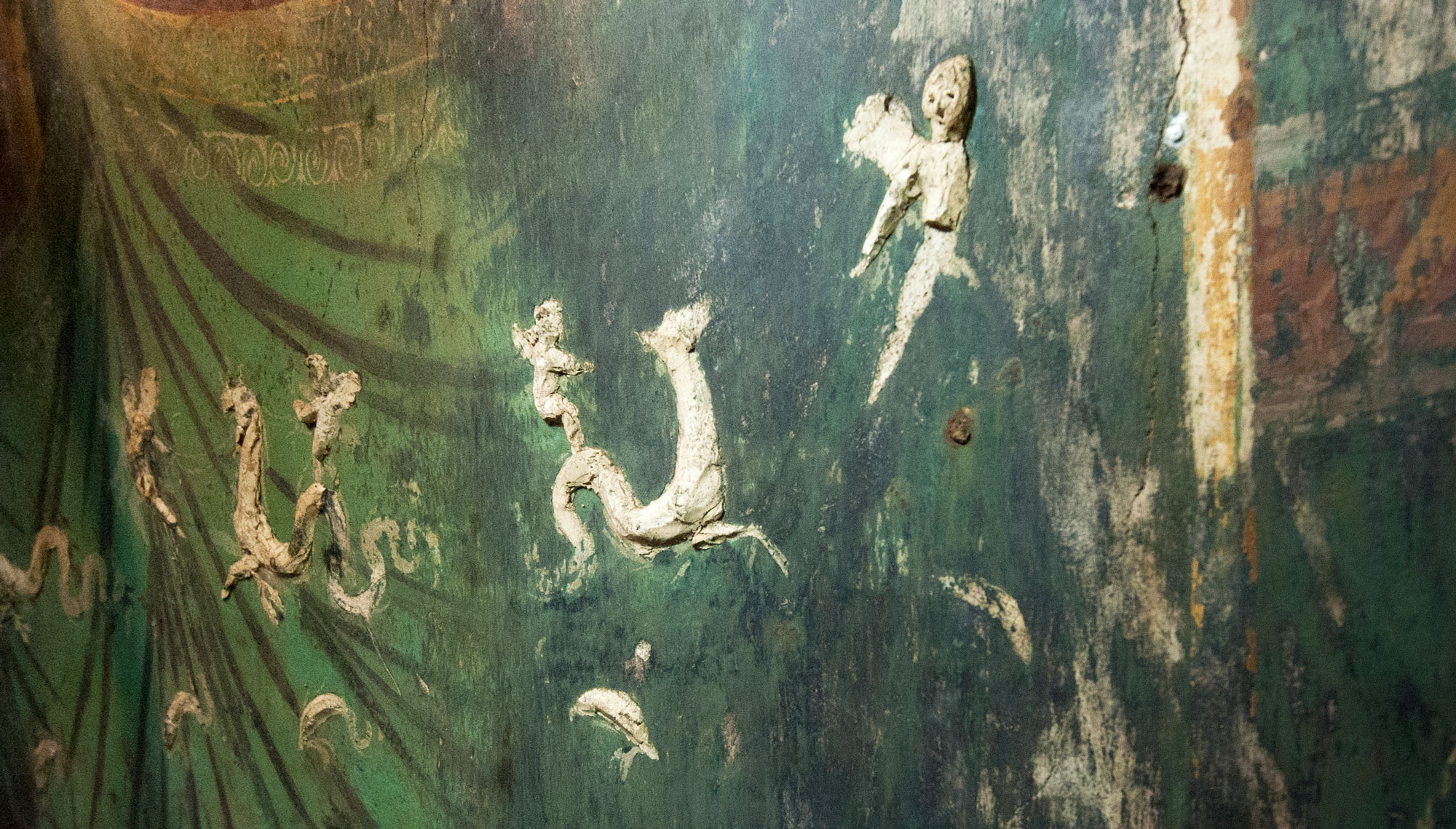 Marco Merola
Marco Merola -
Features
Worlds Within Us
Pulled from an unlikely source, ancient microbial DNA represents a new frontier in the study of the past—and modern health
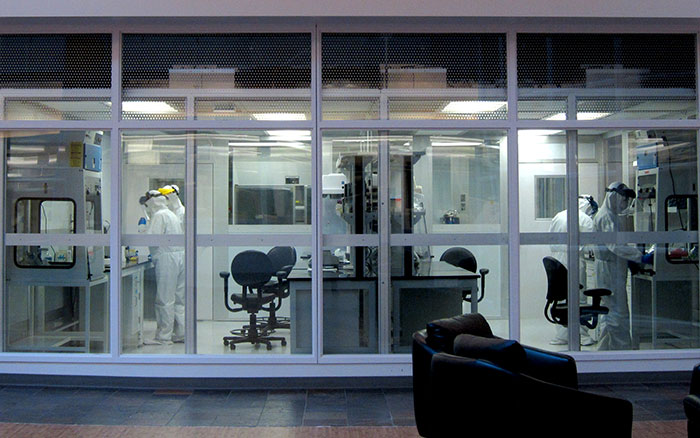 (Photo: Samir S. Patel)
(Photo: Samir S. Patel) -
Features
Royal Sherwood
A long-overlooked site, the excesses of English royalty, and the origin of a legend
-
Features
A Splendid Failure
The wreck of CSS Georgia, a unique Civil War relic, emerges from Savannah’s harbor

Letter from Rotterdam
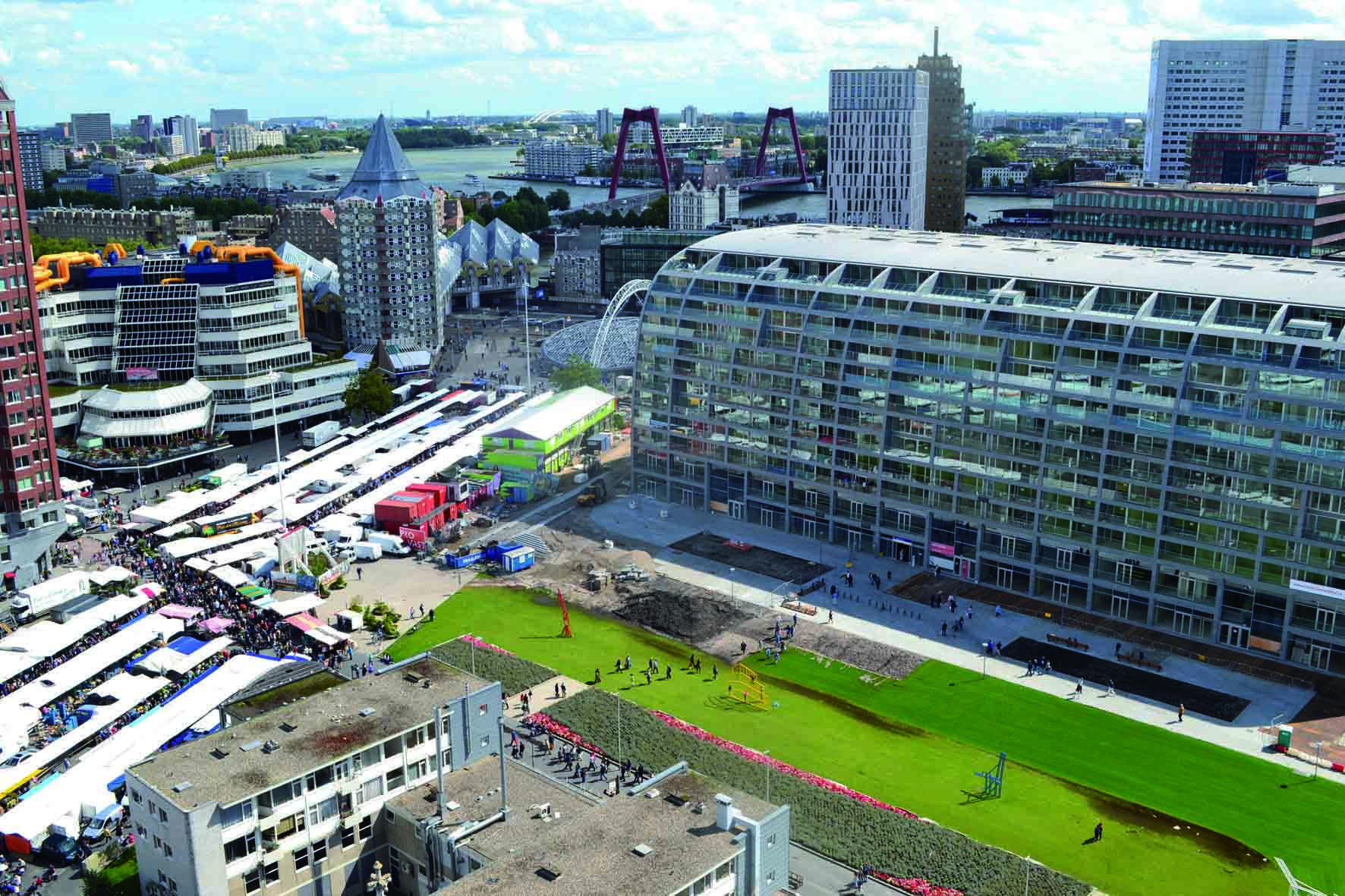
Artifact
Artifacts
Anglo-Saxon Workbox

Digs & Discoveries
-
Digs & Discoveries
Piecing Together a Plan of Ancient Rome
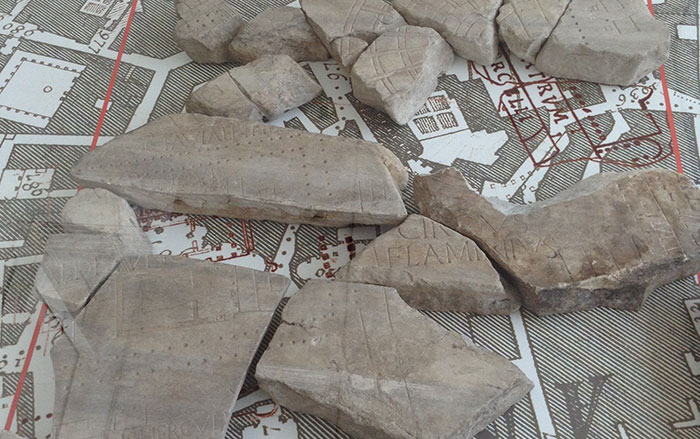 (Courtesy © Sovrintendenza Capitolina ai Beni Culturali)
(Courtesy © Sovrintendenza Capitolina ai Beni Culturali) -
Digs & Discoveries
Gimme Middle Paleolithic Shelter
 (Courtesy © Etienne FABRE-SSAC)
(Courtesy © Etienne FABRE-SSAC) -
Digs & Discoveries
Zapotec Power Rites
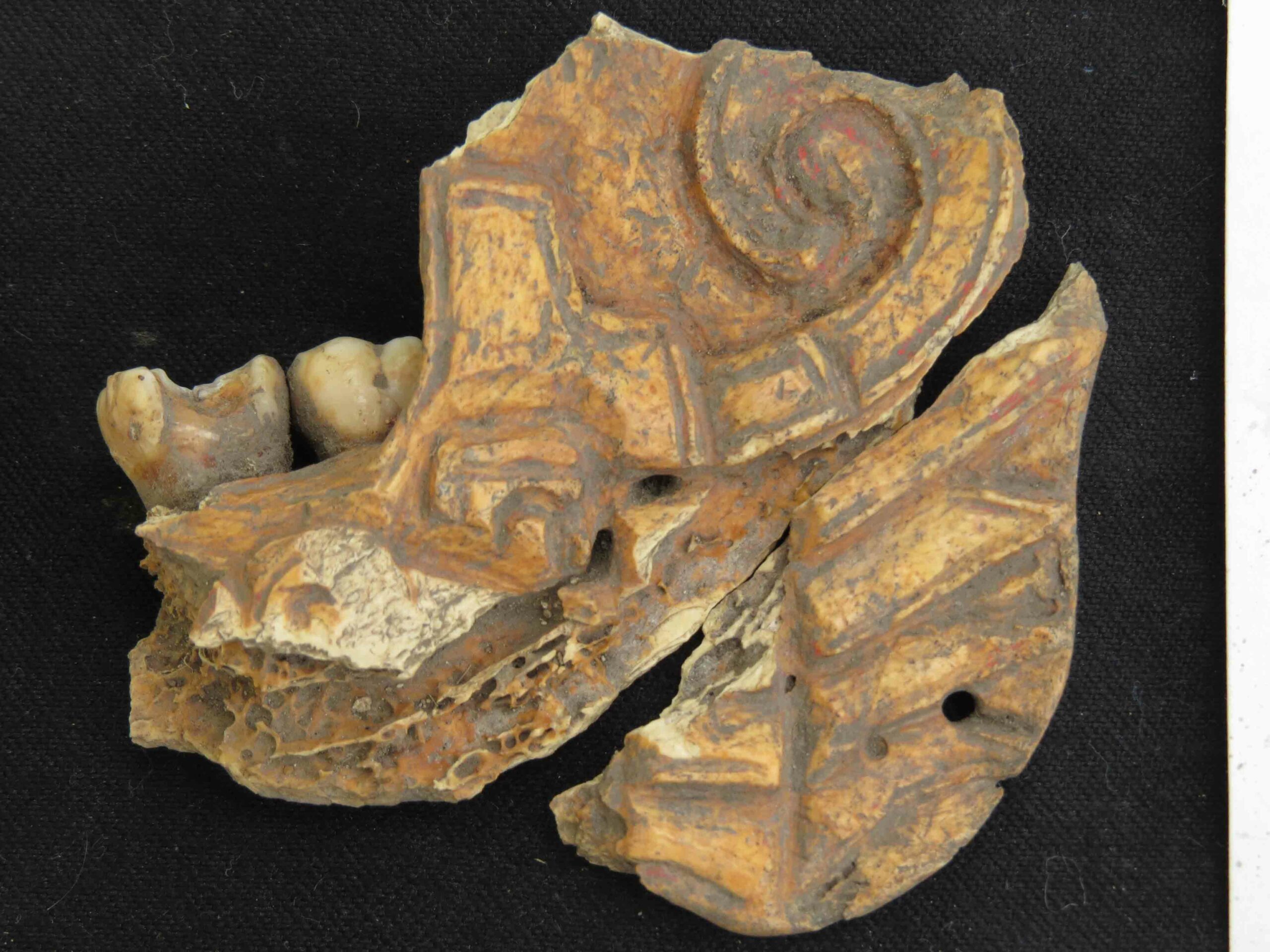 (Courtesy Erica Ausel)
(Courtesy Erica Ausel) -
Digs & Discoveries
Mystery Buildings at Petra
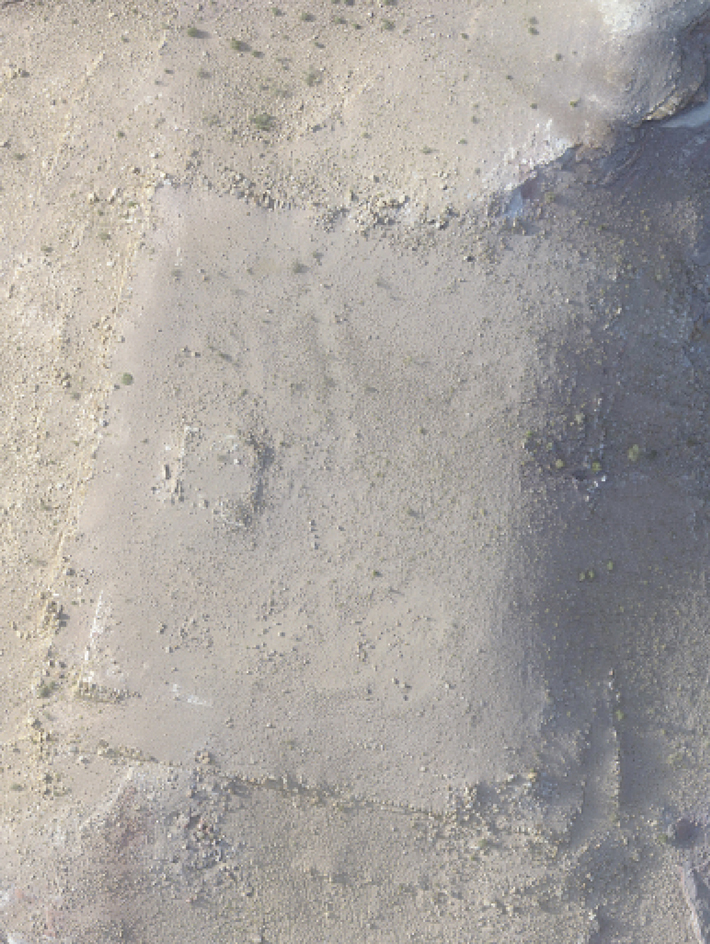 (Courtesy Council of American Overseas Research Centers, Photo: I. LaBianca)
(Courtesy Council of American Overseas Research Centers, Photo: I. LaBianca) -
Digs & Discoveries
Sun and Moon

-
Digs & Discoveries
The Great Parallelogram
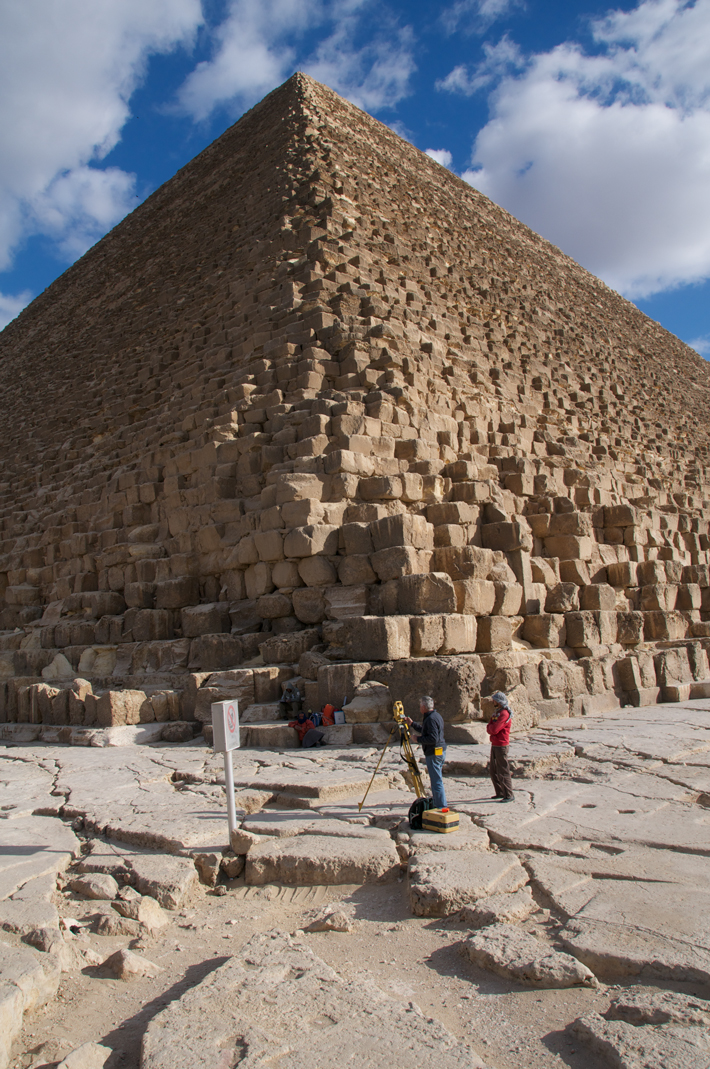 (Courtesy © 2016 by Ancient Egypt Research Associates, Photo: Mark Lehner)
(Courtesy © 2016 by Ancient Egypt Research Associates, Photo: Mark Lehner) -
Digs & Discoveries
The Prisoners of Richmond Castle
 (Courtesy English Heritage)
(Courtesy English Heritage) -
Digs & Discoveries
A True Viking Saga
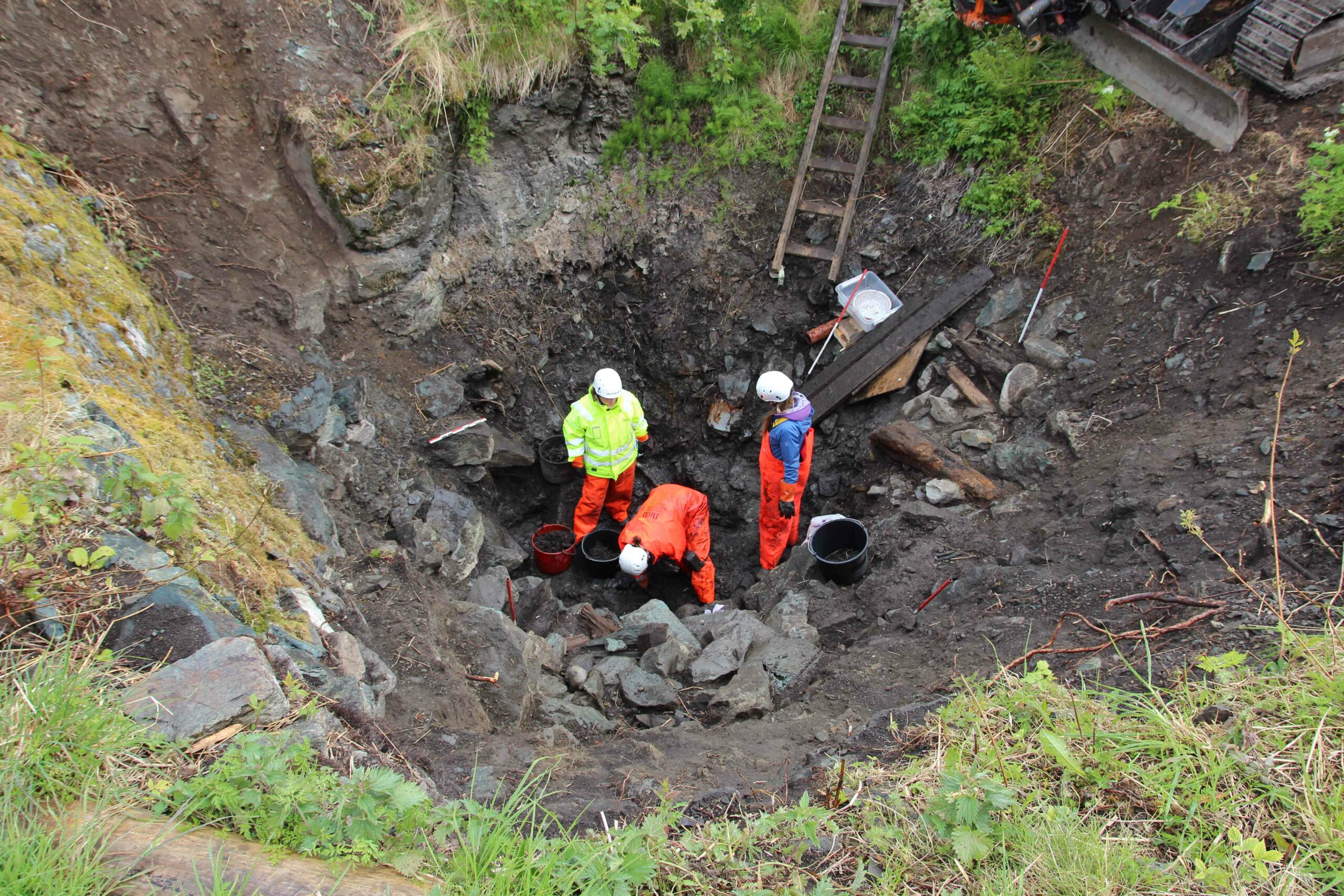 (Courtesy Norwegian Institute for Cultural Heritage Research)
(Courtesy Norwegian Institute for Cultural Heritage Research) -
Digs & Discoveries
Culture Clash
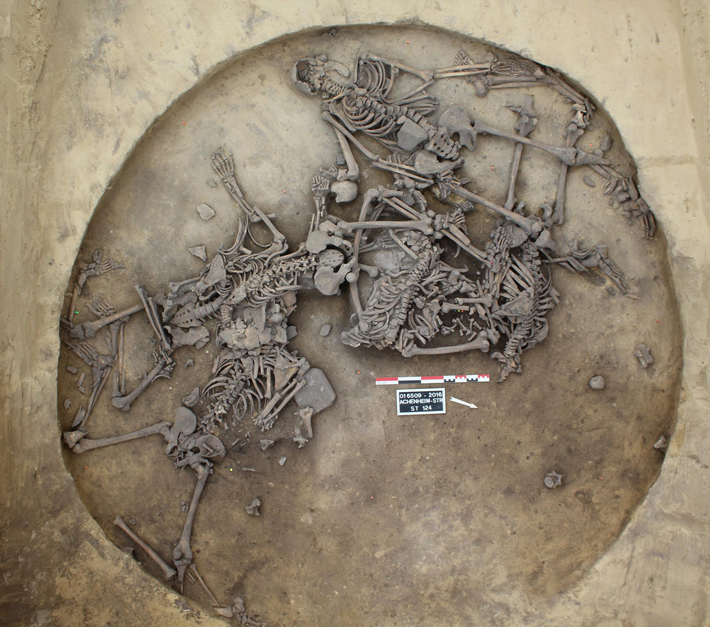 (Philippe Lefranc, Inrap)
(Philippe Lefranc, Inrap) -
Digs & Discoveries
Lost and Found (Again)
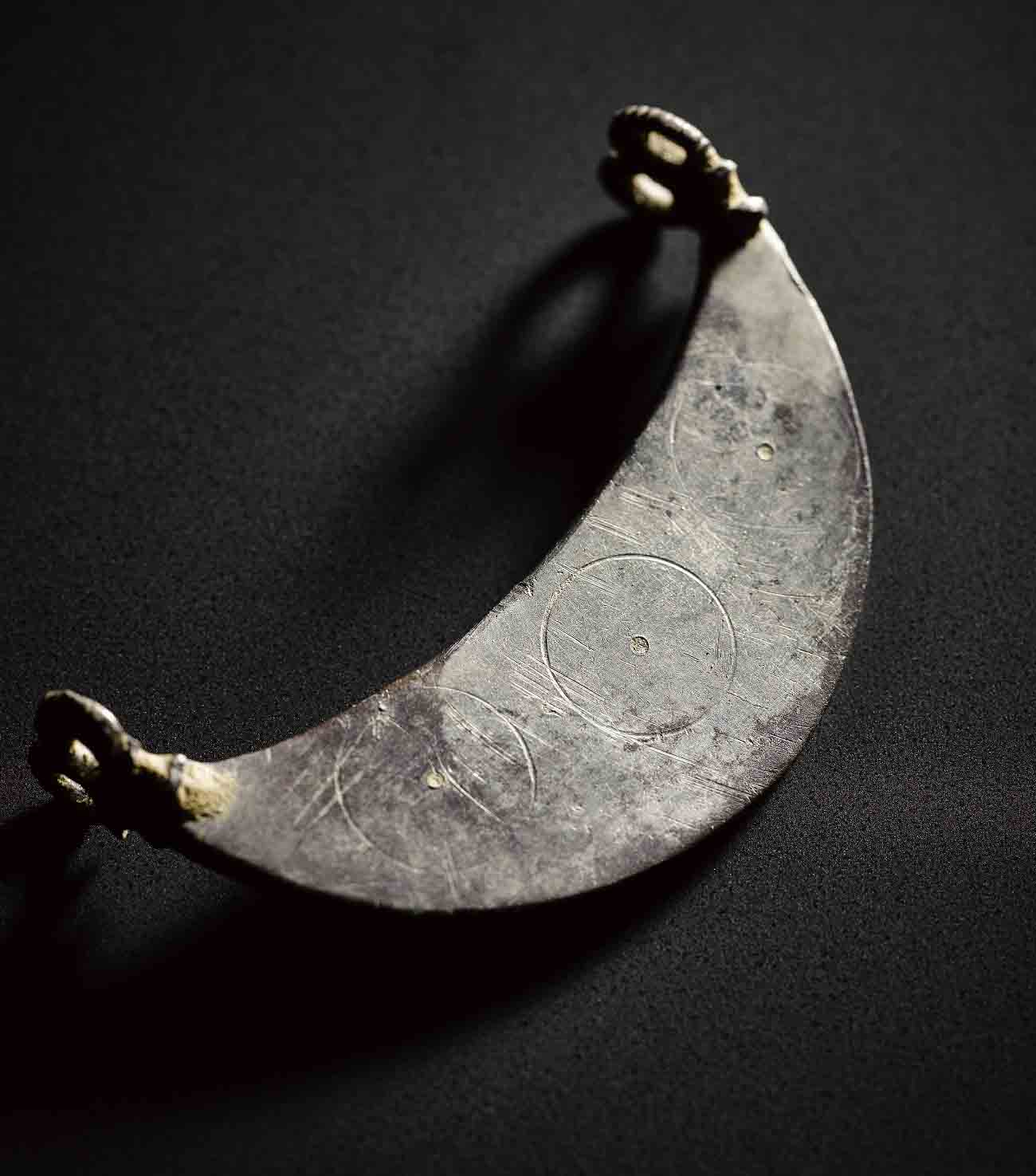 (Copyright Trustees of National Museums Scotland)
(Copyright Trustees of National Museums Scotland) -
Digs & Discoveries
The City That Wasn’t

-
Digs & Discoveries
Mask Metamorphosis
 (Courtesy Michael Eisenberg)
(Courtesy Michael Eisenberg)
Off the Grid
Off the Grid September/October 2016
Salinas Pueblo Missions, New Mexico
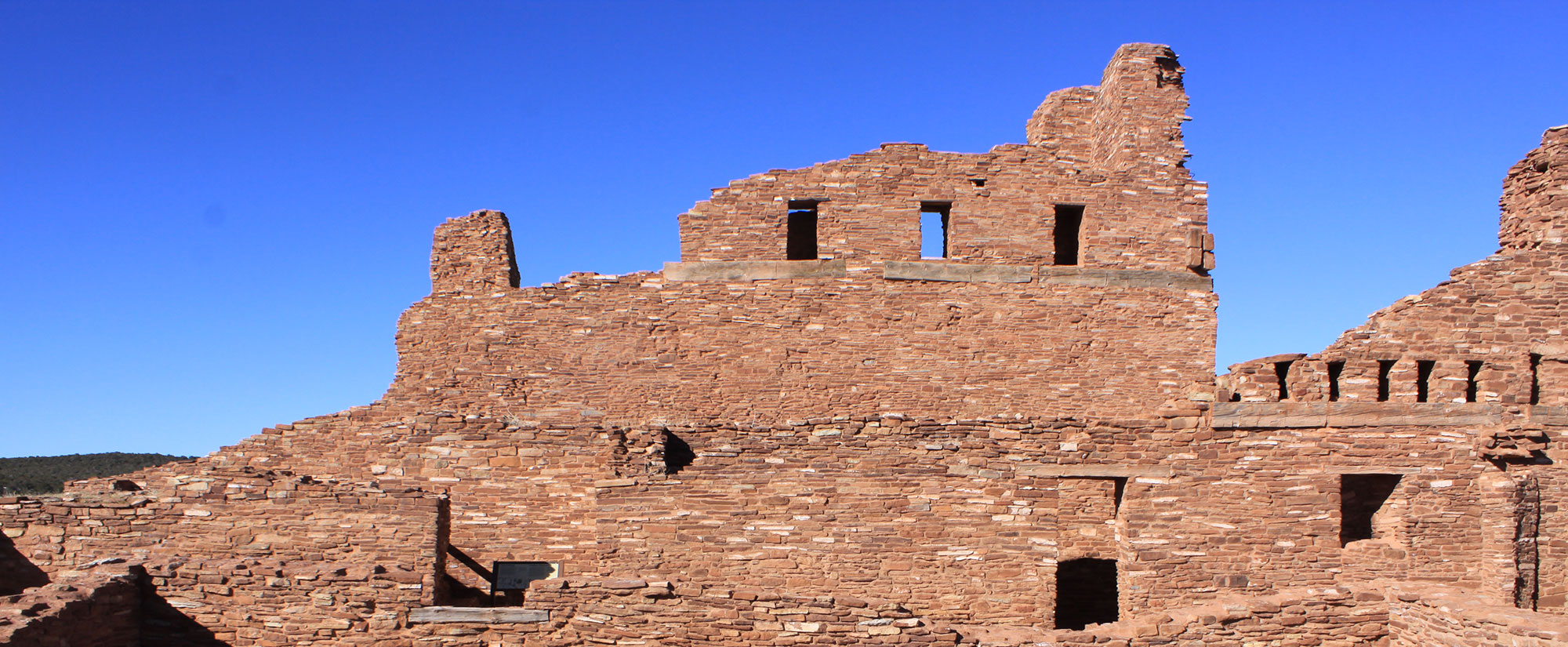

Around the World
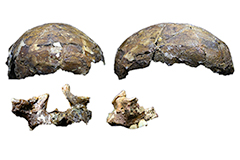
MALAYSIA

MALAYSIA: The “Deep Skull,” found in 1958, is still the earliest known remnant of a modern human in island Southeast Asia, at 37,000 years old. It had been thought that the skull, from Borneo, came from someone related to indigenous Australians, and that the islands were settled in two waves—first by ancestors to Australians and then by immigrants from Asia who became Borneo’s modern indigenous people. A new analysis, however, found that the skull appears to be more Asian than Australian in origin, suggesting there was just one major migration. —Samir S. Patel

CHINA

CHINA: Broomcorn, millet, barley, Job’s tears, tubers—this ancient Chinese beer recipe probably produced an interesting bouquet. The ingredients were identified from residues found in a variety of clay vessels, including a funnel, that may have comprised a “beer-making toolkit” from a 5,000-year-old site in Shaanxi. The find is also the earliest known identification of barley in the country, suggesting the grain was introduced for beer production rather than as food. —Samir S. Patel
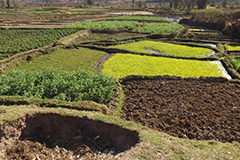
MADAGASCAR

MADAGASCAR: This island nation is 300 miles from the coast of Africa and 3,700 miles from Southeast Asia, but the people there speak Malagasy, an Austronesian language related to Malay and Hawaiian. This suggests that the island was colonized around 1,200 years ago from across the Indian Ocean, but until now there was no physical evidence to back up the linguistic and genetic data. Recently excavated botanical remains have provided the first tangible link—the remains of Asian crops, including rice and cotton—at sites there and on the Comoros islands closer to the African mainland. —Samir S. Patel


